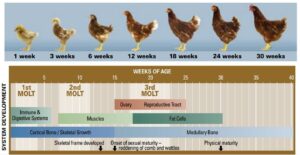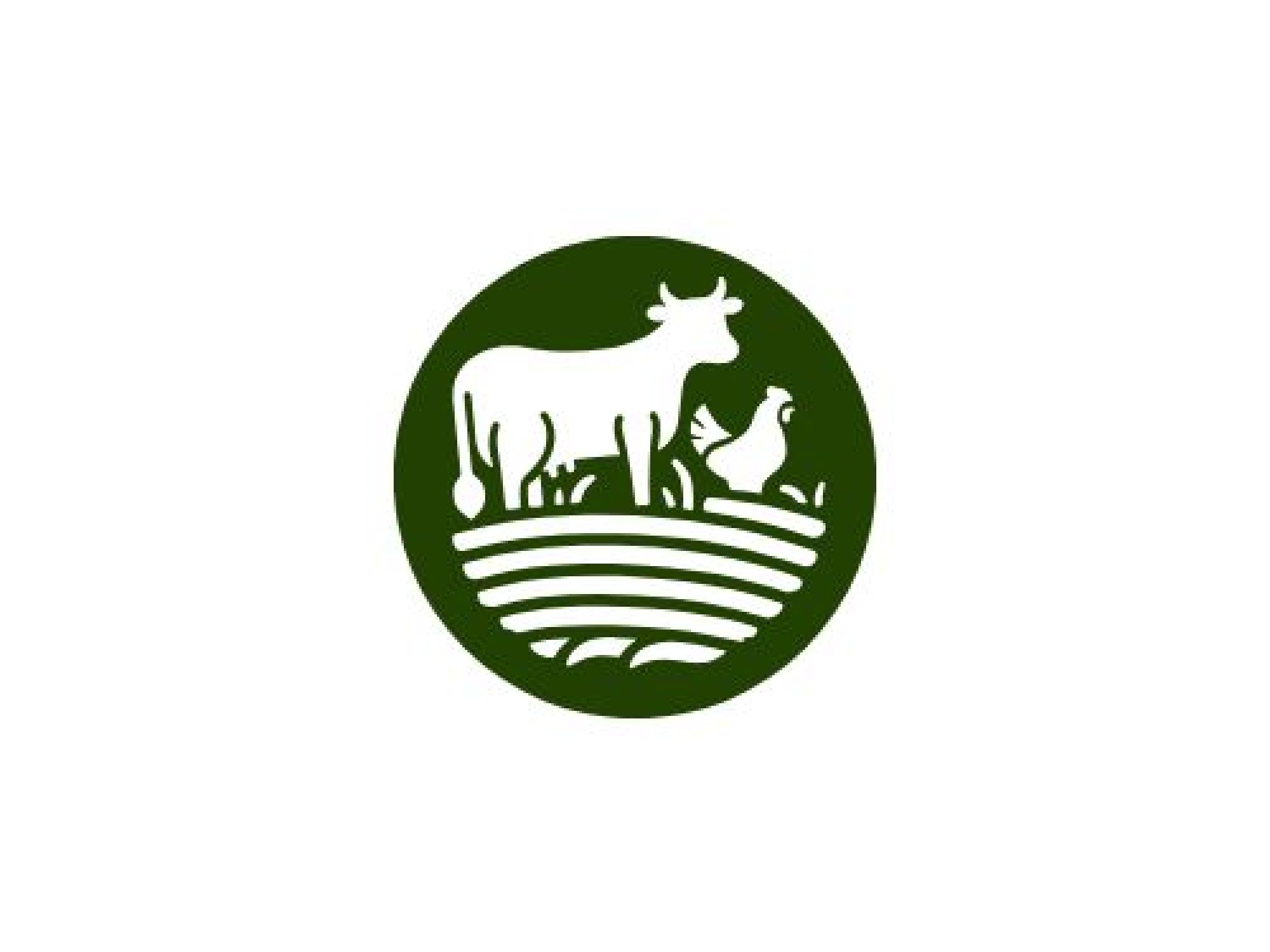Vertebrate paleontology involves the study of fossilized bones, teeth, and traces of animals with backbones. Fossils of large mammals such as horses, elephants, camels, and bovids (cattle-like animals) are key to understanding evolutionary processes, climatic shifts, and faunal dispersal across geologic time. These animals, part of the order Ungulata (hoofed mammals), are particularly valuable for reconstructing evolutionary trends such as body size increase, dentition specialization, and limb adaptation for running or browsing.
Thank you for reading. Don't forget to subscribe & share!
1. Horse Fossils (Family: Equidae)
Evolutionary Significance: Horses are a classic model in evolutionary biology. Their fossil record showcases a clear, gradual lineage from small, multi-toed ancestors to the large, single-toed modern horse (Equus).
Fossil Genera: Hyracotherium (Eocene) – small, forest-dwelling, 4 toes front, 3 back. Mesohippus (Oligocene) – slightly larger, 3 toes, developing molars
Merychippus (Miocene) – grazing adaptation, longer limbs, high-crowned teeth.
Pliohippus – close to modern horse, single toe, developed molars
Equus (Pleistocene–present) – modern horses, zebras, donkeys
Importance: Demonstrates gradual evolution. Used in stratigraphy and climate reconstructions. Indicator of changing environments (forest to grassland)
2. Elephant Fossils (Family: Elephantidae)
Evolutionary Background: Originated from moeritheres, semi-aquatic ancestors in the Eocene (~50 mya). Progressed through forms like Phiomia, Gomphotherium, Stegodon, and Mammuthus (mammoths)
Features: Progressive development of elongated tusks, trunk, and large molars. Changes in dentition reflect dietary shifts from browsing to grazing
Fossil Evidence: Rich fossil records across Africa, Eurasia, and North America. Mammoth fossils often found in Ice Age deposits. Stegodon fossils in Asia highlight biogeographical divergence
Importance: Traces climate adaptation and megafaunal dispersal. Helps understand extinction dynamics during the Quaternary
3. Camel Fossils (Family: Camelidae)
Origin: Camels originated in North America during the Eocene (~40–45 mya). Migrated to Asia and Africa via the Bering Land Bridge
Evolutionary Genera:
Protylopus – earliest camelid, forest-dwelling
Poebrotherium – small, swift, prairie-adapted
Paracamelus – larger, long-necked, migrated to Eurasia
Camelus – modern genus including C. dromedarius and C. bactrianus
Fossil Importance: Traces of camelids also found in South America (llamas, alpacas). Illustrates convergent evolution and biogeographical expansion
4. Bovids (Family: Bovidae – Cattle, Antelope, Buffalo, etc.)
Characteristics: Artiodactyls with unbranched, permanent horns. Fossil record widespread from. Miocene to present.
Evolutionary Significance: Dentition and limb structure adapted to open grasslands. Excellent for studying herbivore evolution under grassland expansion
Fossil Groups:
Bos (cattle) – domesticated in the Holocene, ancestral fossils date back to the Pleistocene
Bubalus (buffalo), Ovis (sheep), Capra (goats)
Antelopes – highly diverse and widespread in Africa
Importance: Useful in paleoecological and archaeological studies. Fossils often associated with early human sites (e.g., hunting evidence)
Comparative Overview of Fossil Features
| Feature | Horse (Equidae) | Elephant (Elephantidae) | Camel (Camelidae) | Bovids (Bovidae) |
| Origin | Eocene, North America | Eocene, Africa | Eocene, North America | Miocene, Eurasia |
| Key Adaptation | Cursorial limbs, teeth | Trunk, tusks, molars | Limbs for desert, hump | Horns, grazing teeth |
| Fossil Use | Evolution, climate | Extinction, migration | Biogeography | Ecology, human-animal interaction |
| Modern Relatives | Horses, donkeys, zebras | Elephants | Camels, llamas, alpacas | Cows, buffalo, sheep |









